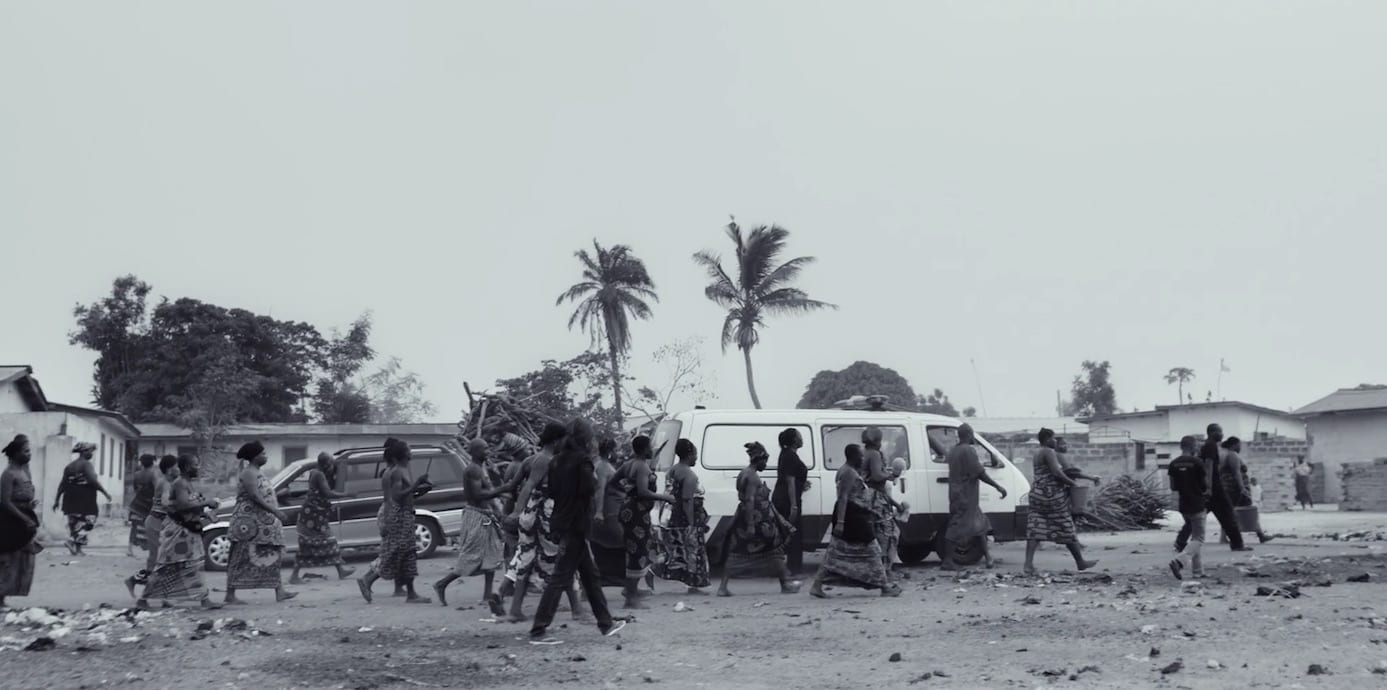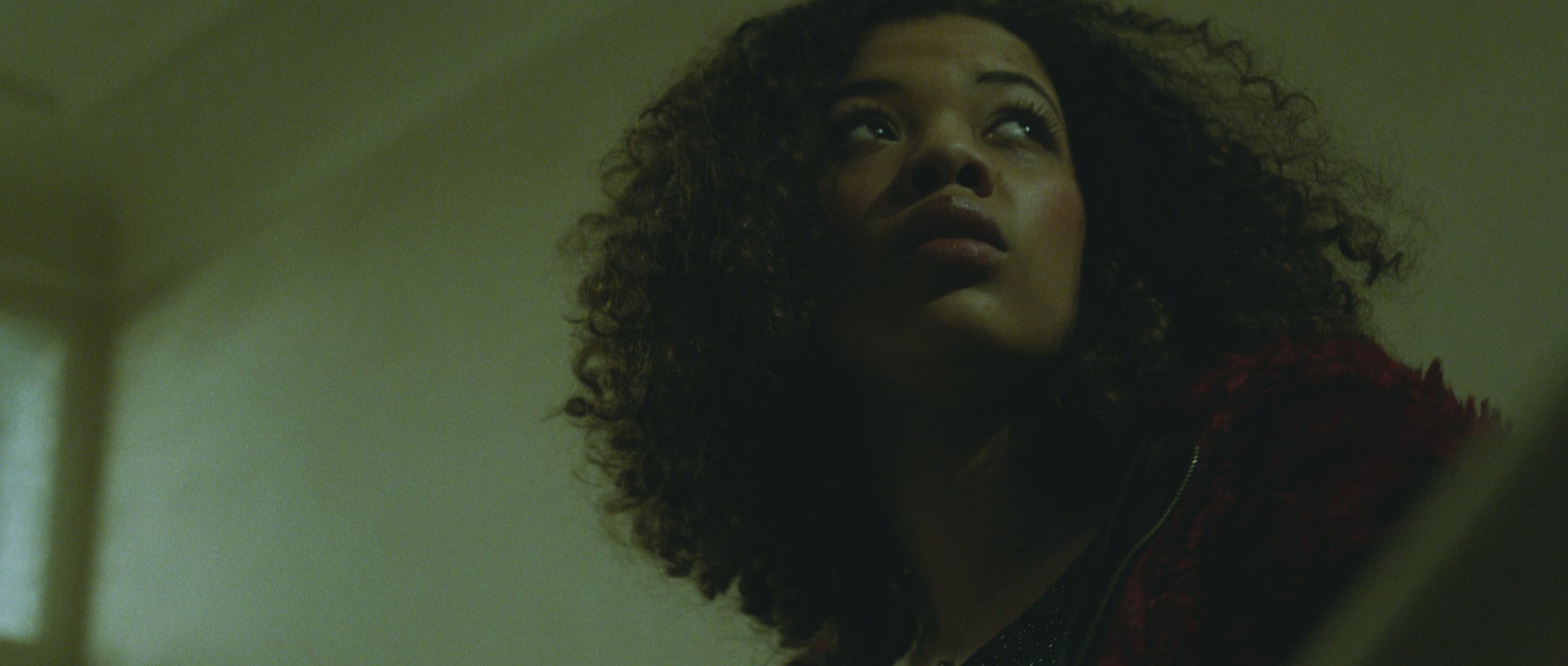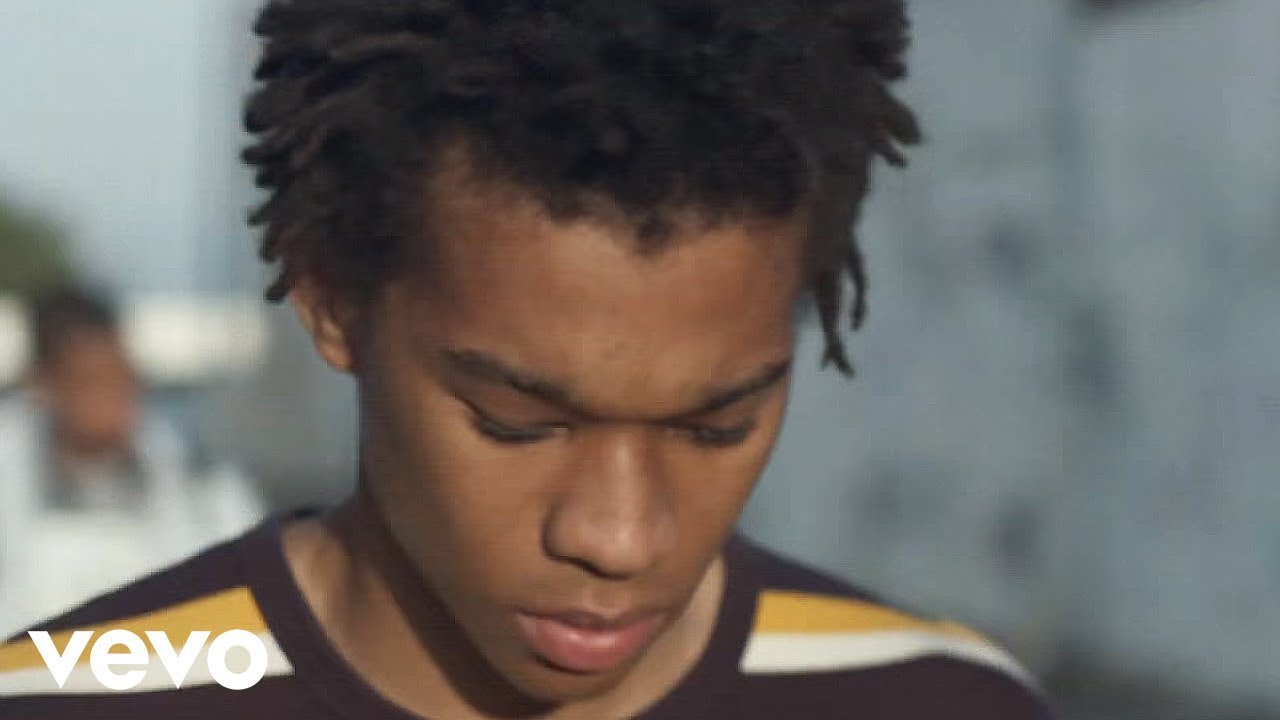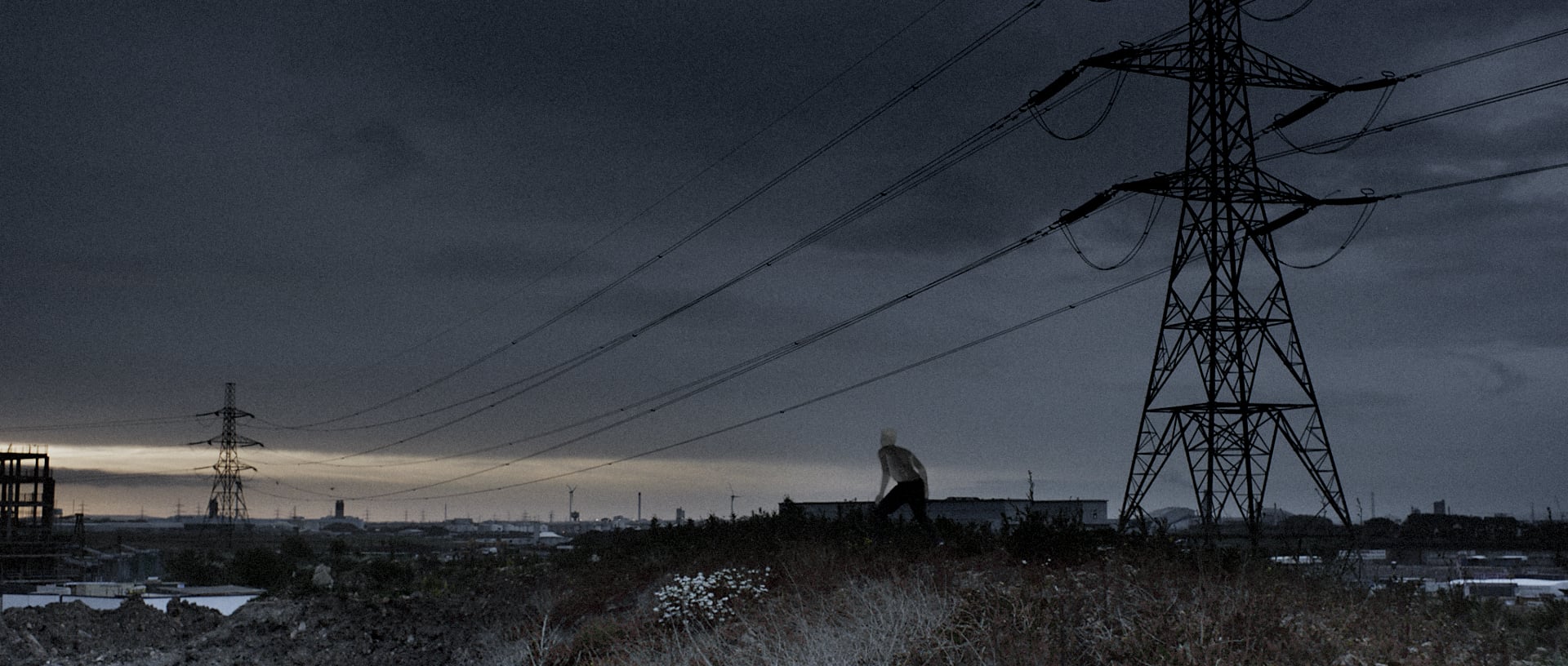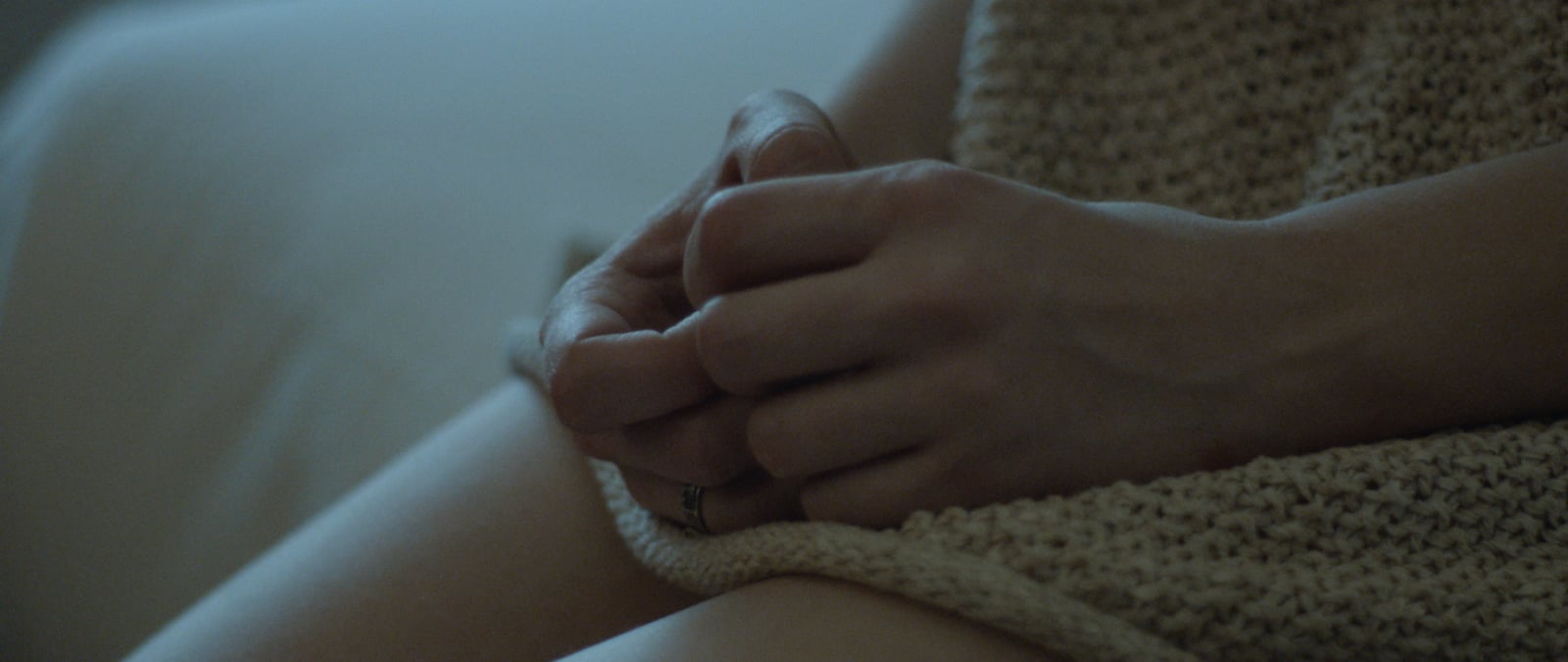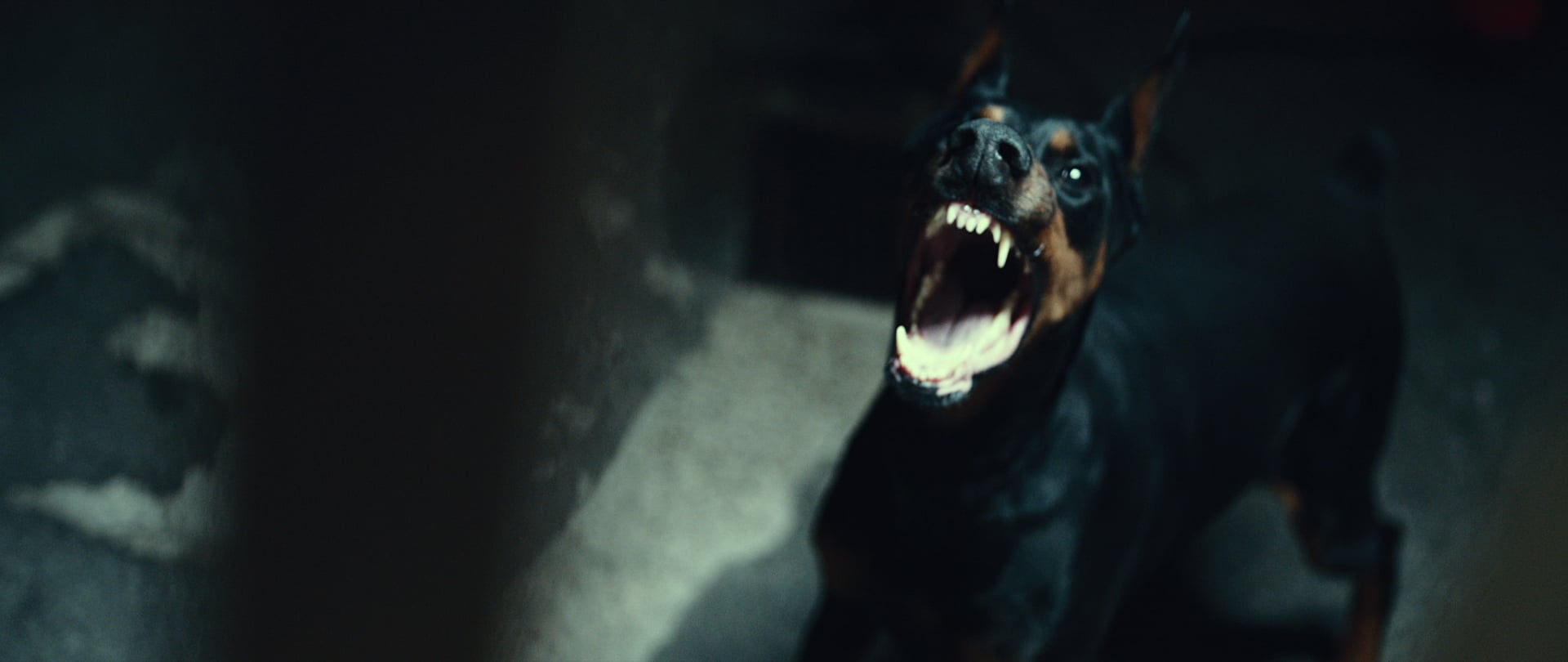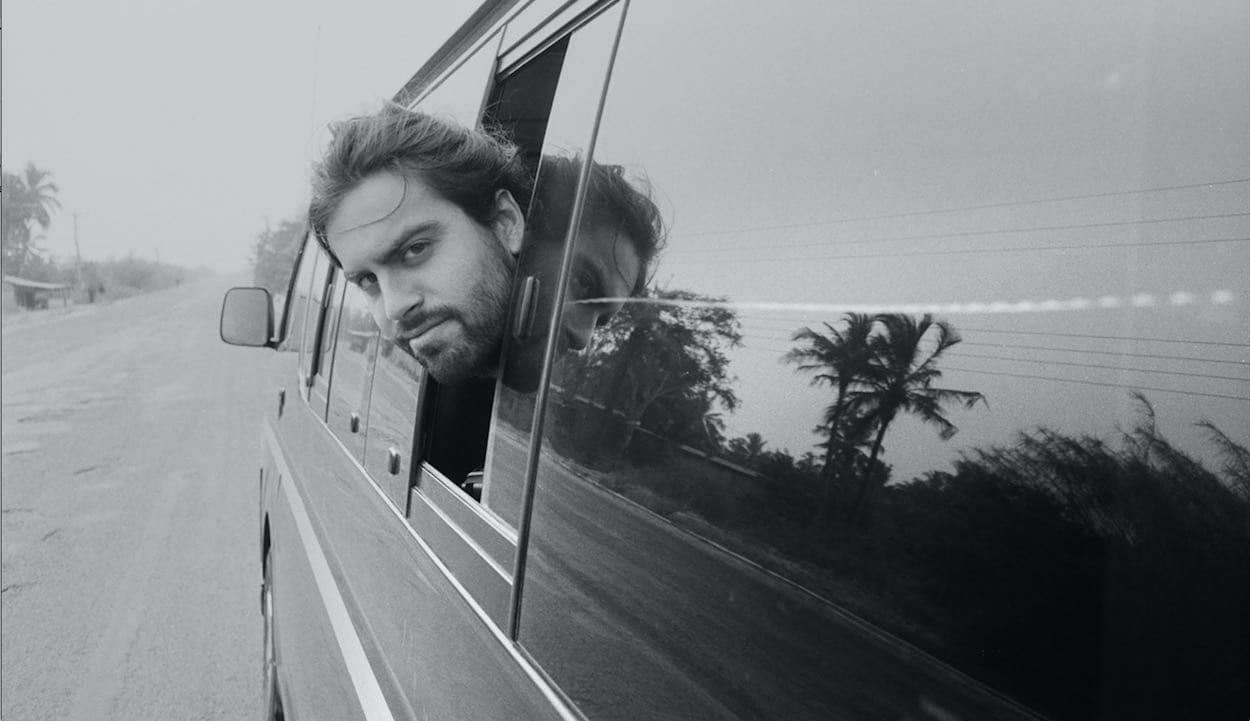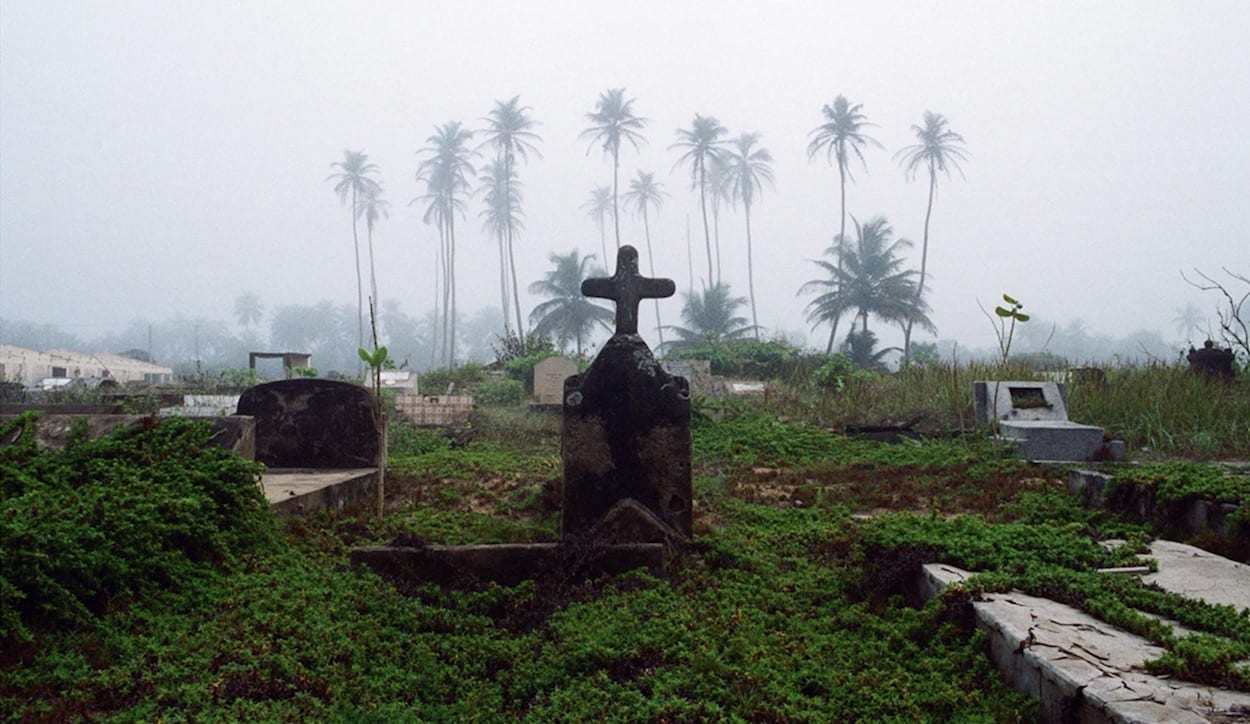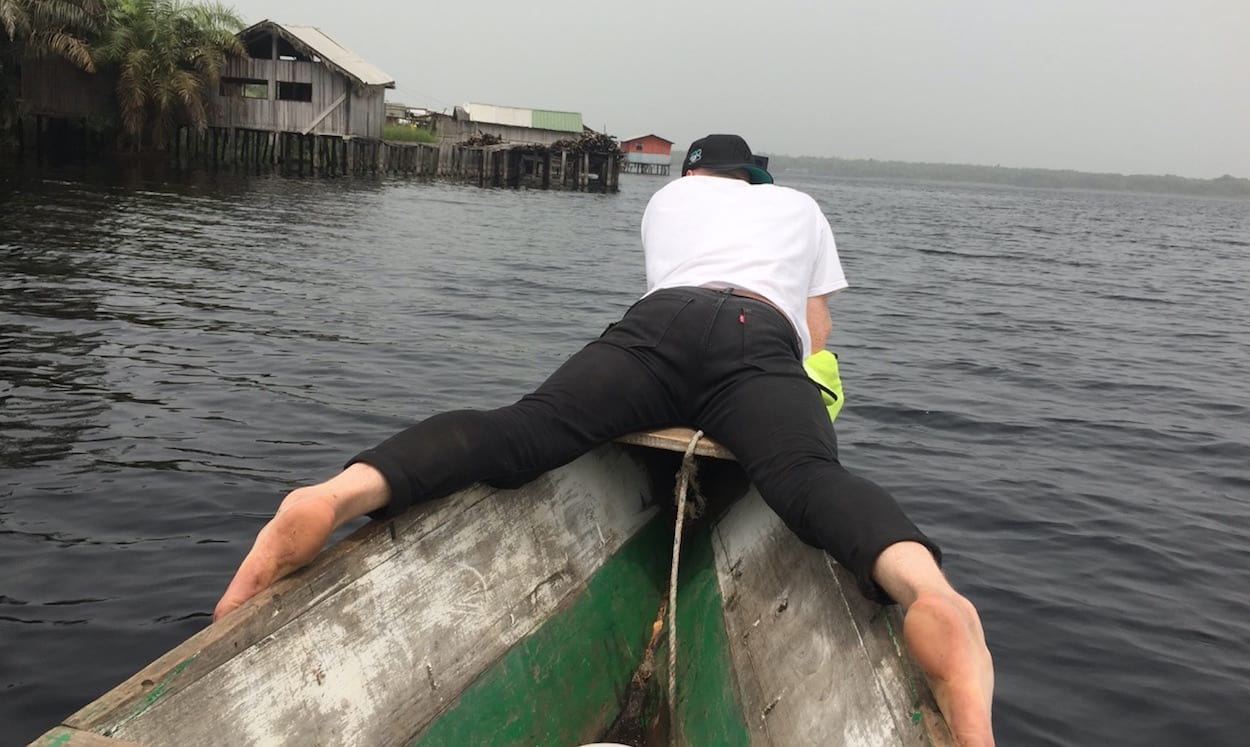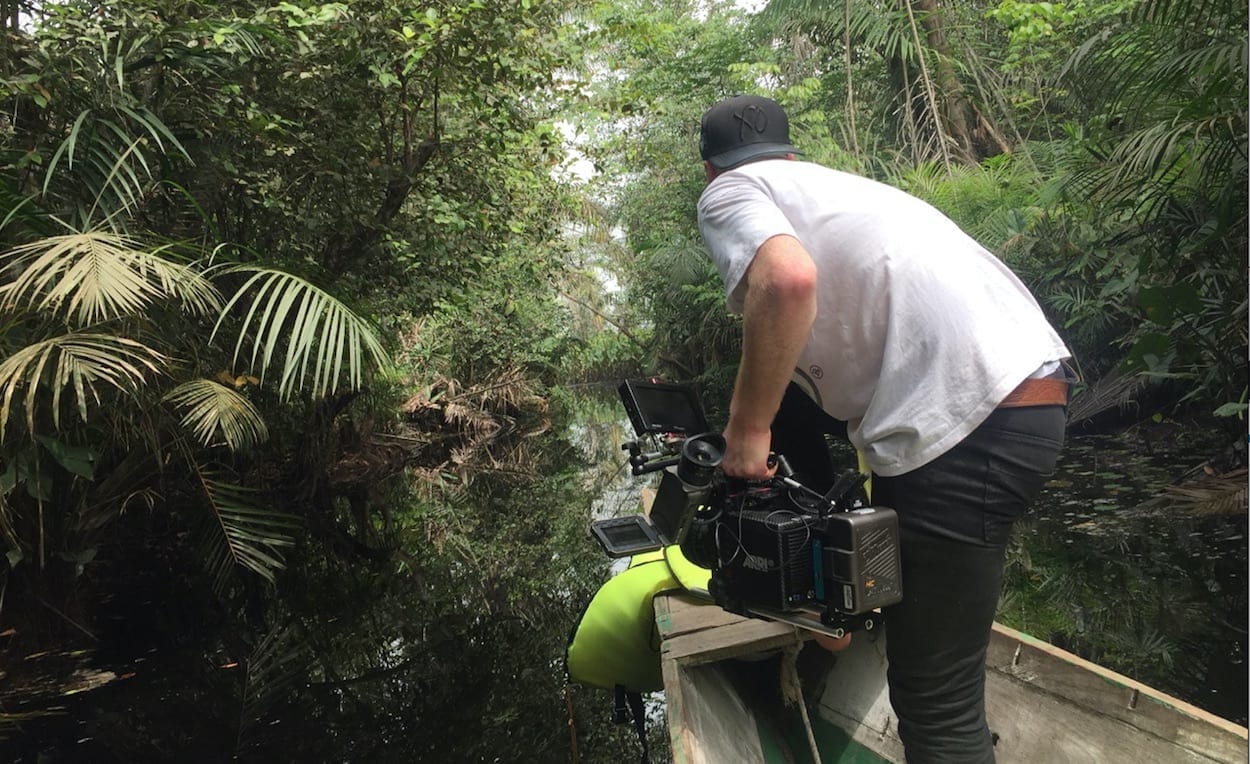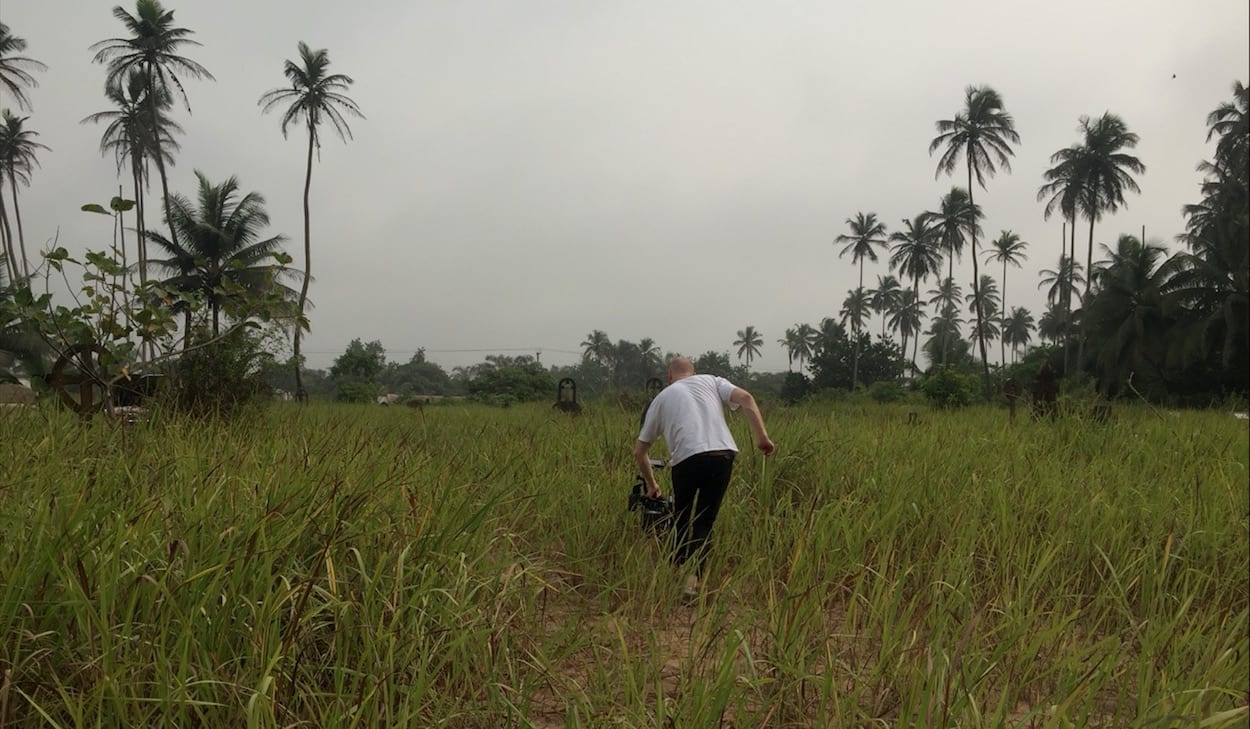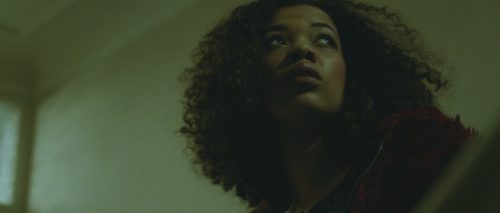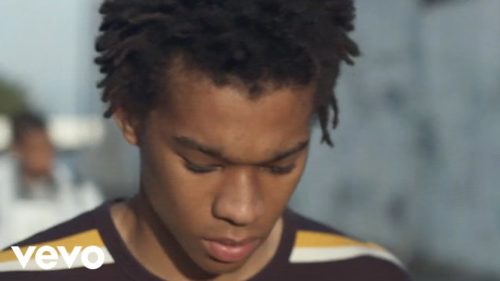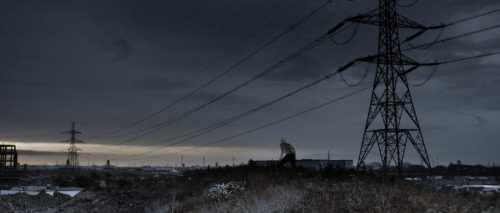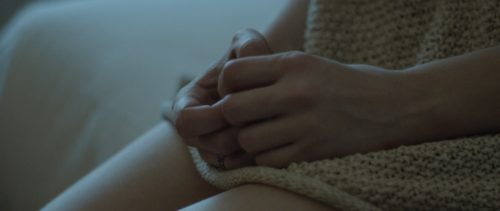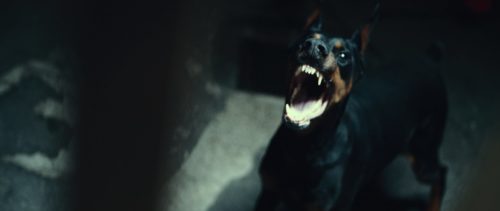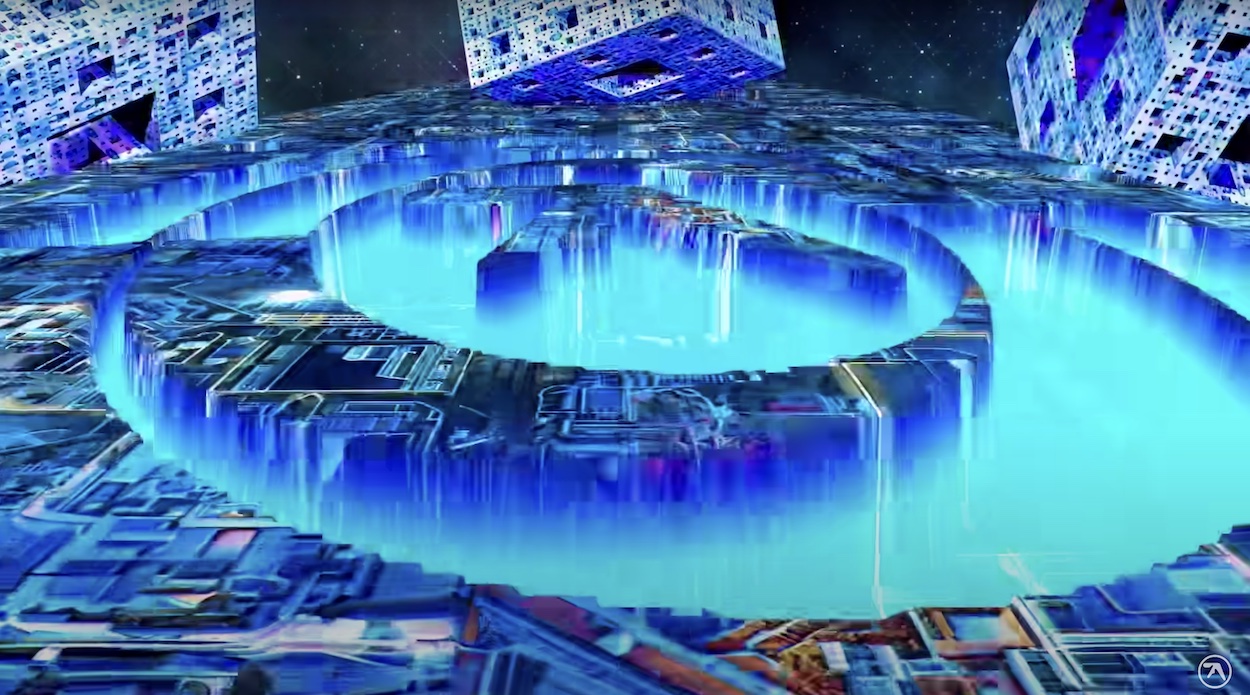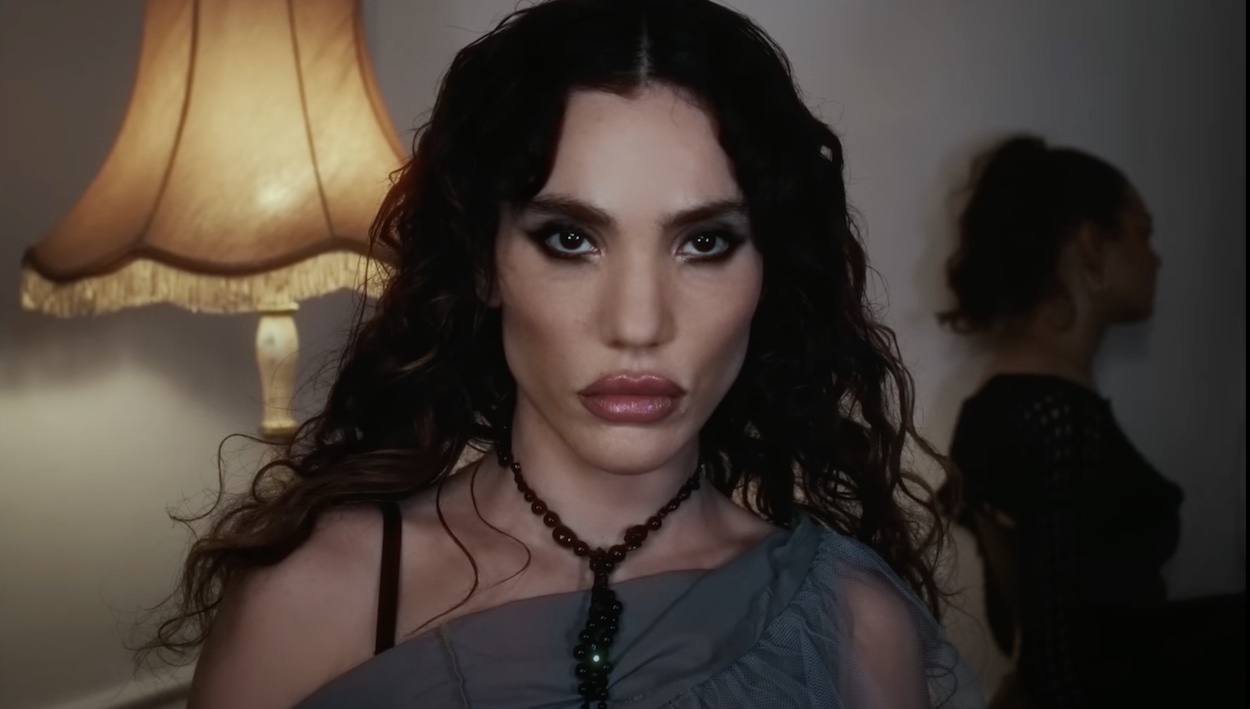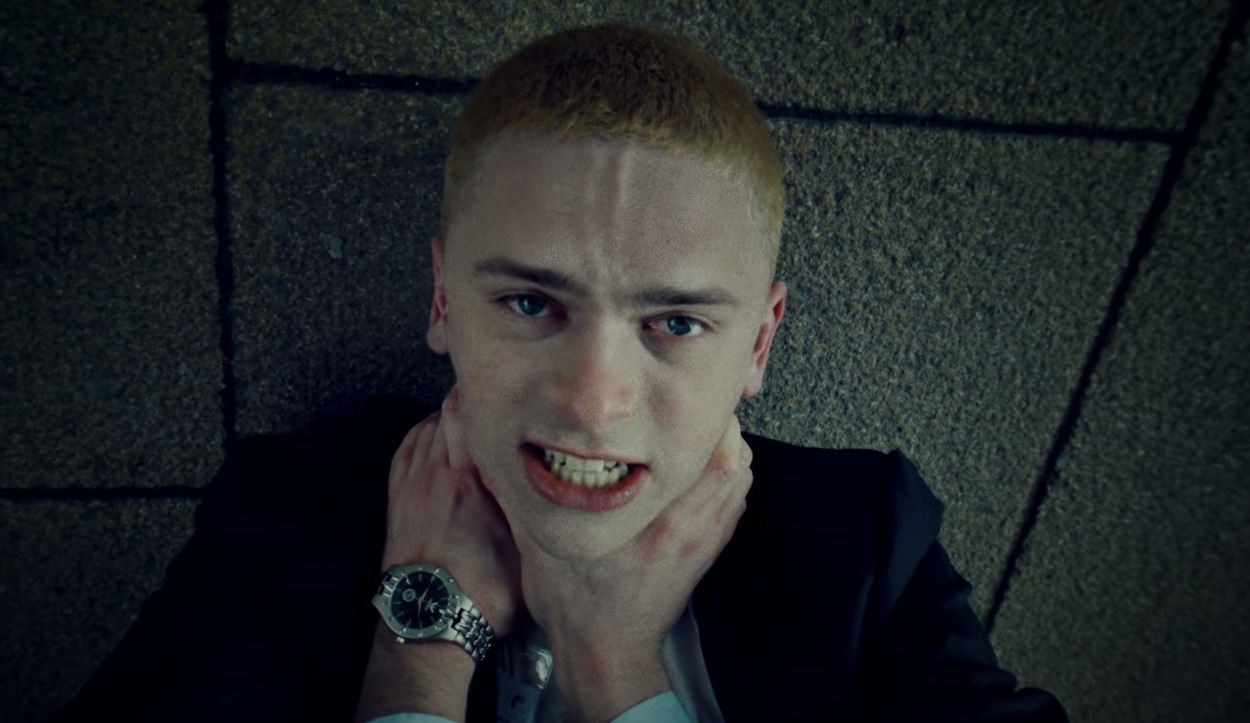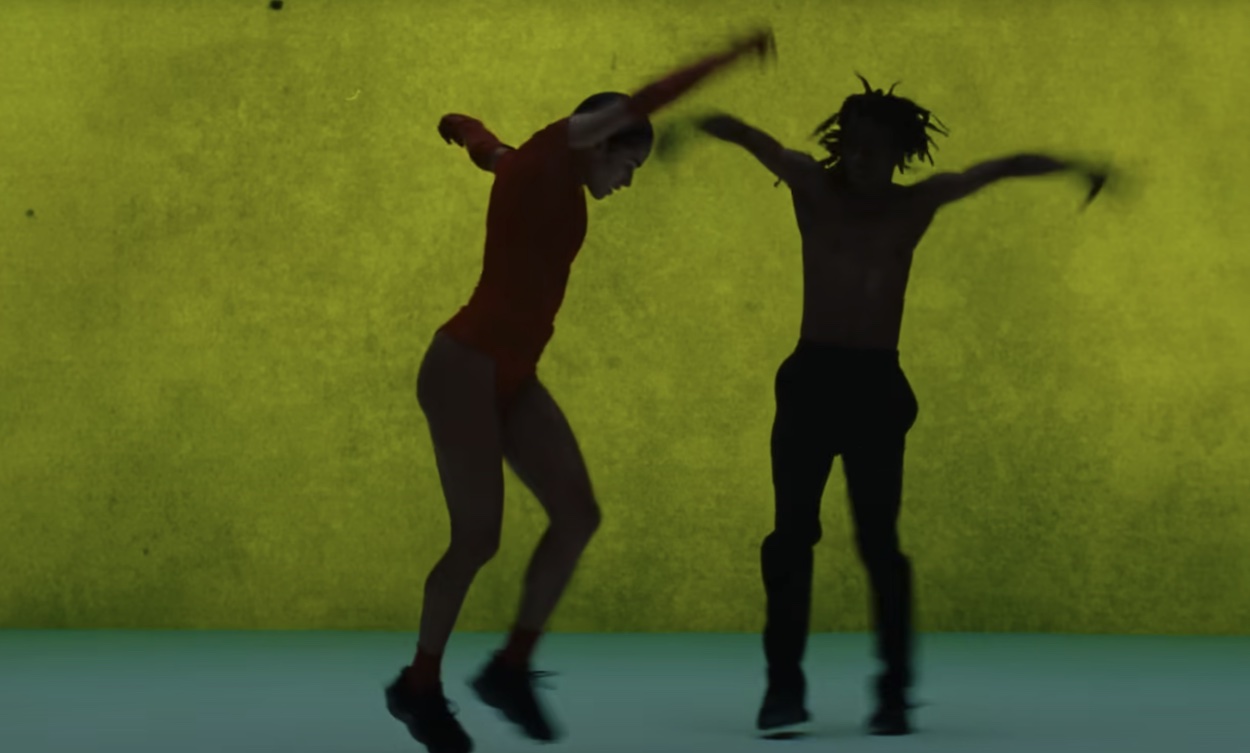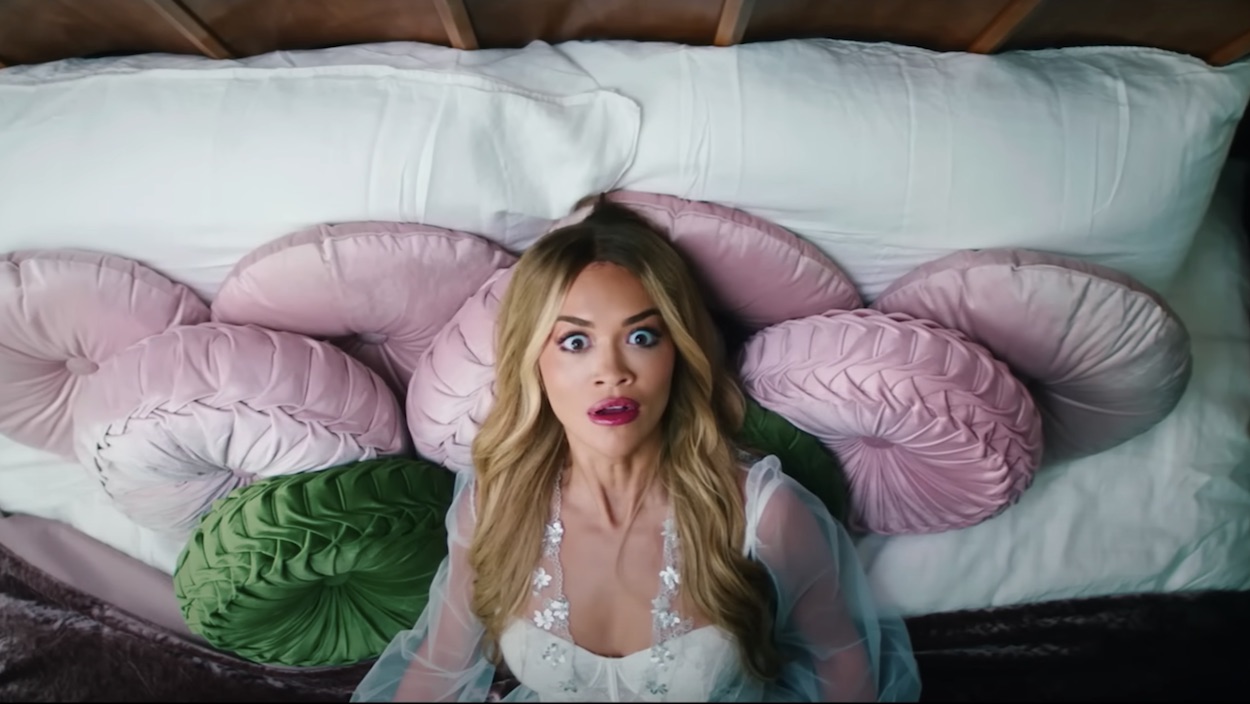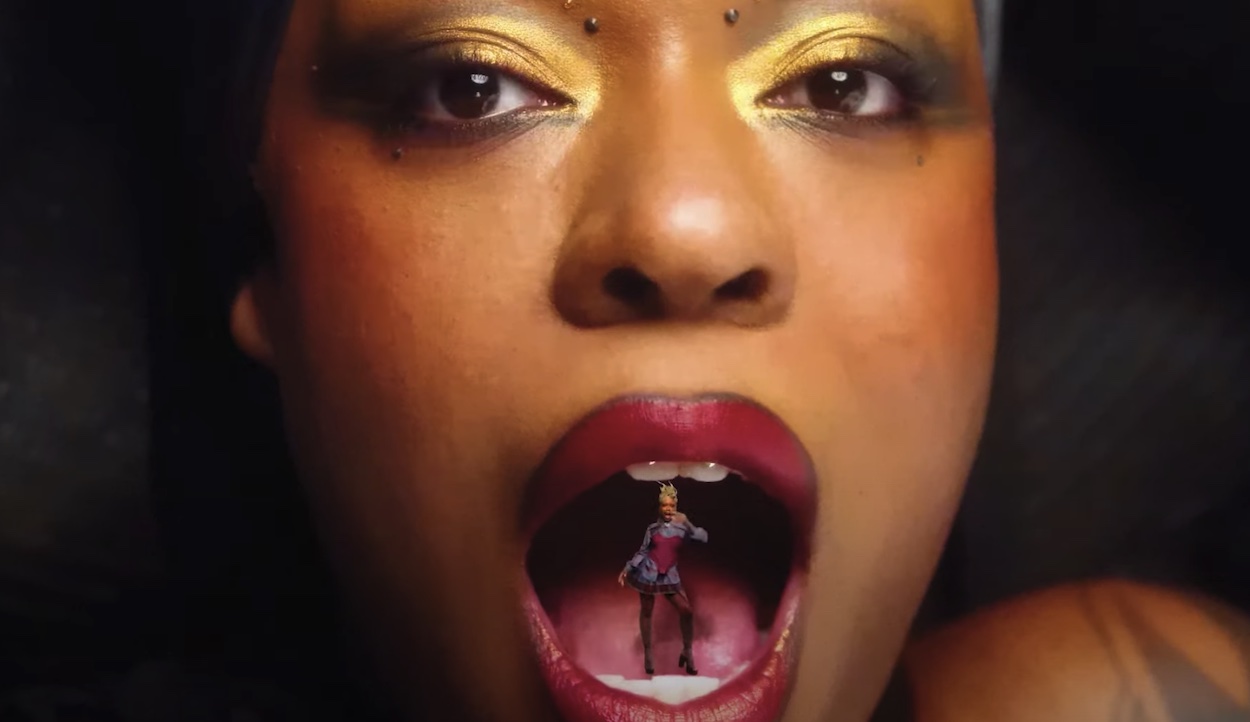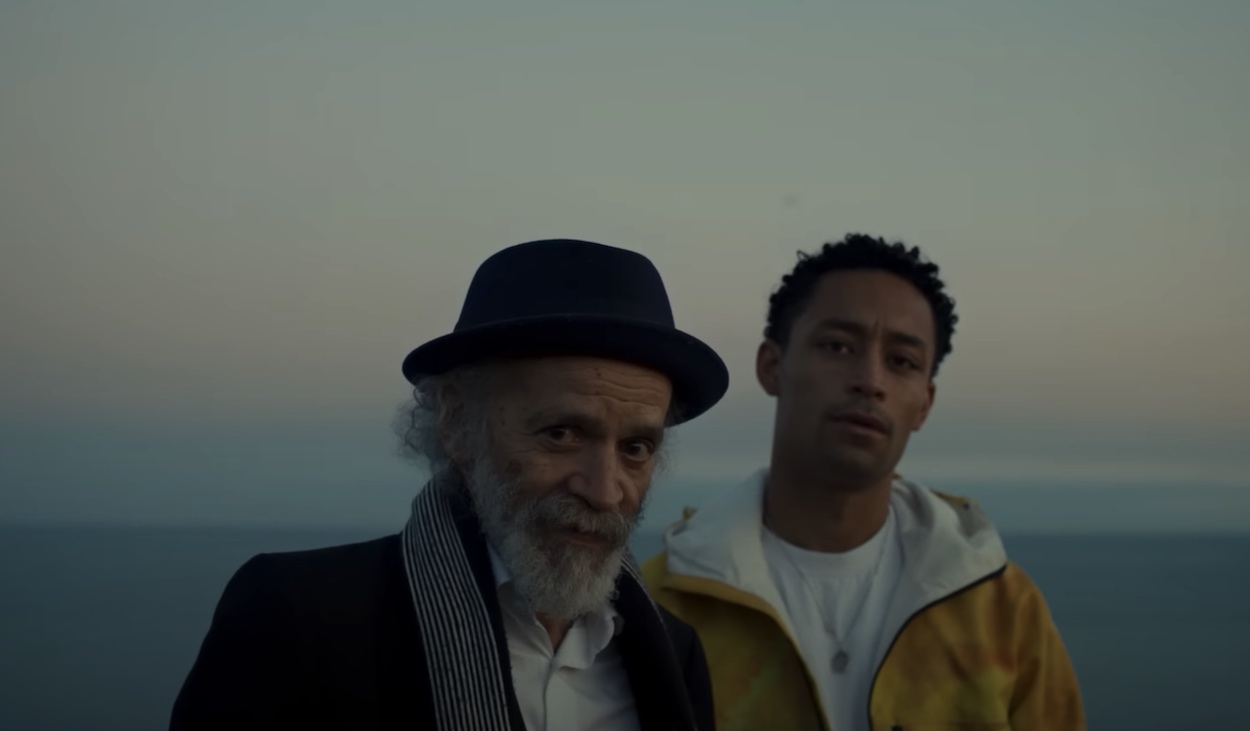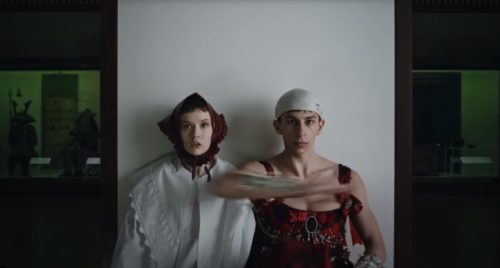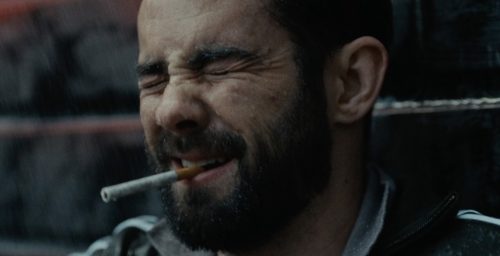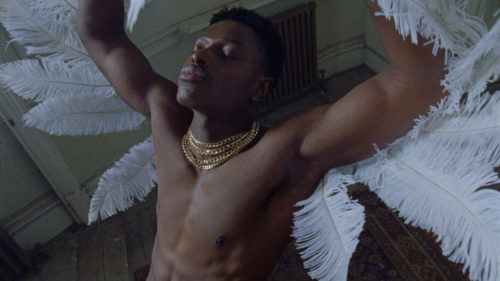Major Lazer’s Light It Up features Nyla and Fuse ODG who is Ghanian. Was this the connection to filming this funeral ceremony and why did you feel a funeral was fitting for this music video?
When Diplo and I first talked about the track we discussed how he wanted to convey the simple message of overcoming negativity, sadness and of coming together, and rising up to “Light It Up”. He initially wanted to film a group of teens in London at night, but I felt like that was fairly familiar territory that didn’t necessarily need to be revisited.
We both wanted to capture the track’s simple message with a real sense of beauty, authenticity and genuine feeling. And as Fuse is Ghanaian, it felt pretty natural to me to begin looking at Ghanaian culture in London. Soon after that it began to materialise Fuse was going to be over there recording music, and so I suggested that we should film the video there. Delving deeper into Ghanaian culture I found that their traditional funeral ceremonies perfectly exemplify this sense of rising up against sadness. The whole community comes together, first in mourning the death, then in celebrating the life that was lived.
You’ve captured intimate close-ups. How did you win over the crowd to film them?
When we first entered Anlo Afiadenyigba we met with the village elders and the family of the deceased, receiving their blessing to film and shared lunch with them. In Ghana, people often film funerals for personal use so no-one was phased by our presence or our cameras. It was mainly a question of trying to capture the emotion of the situation without being insensitive to people’s personal space at a time of mourning. It was a very humbling and emotional thing to be part of.
What was behind your decision to shoot in black and white?
Africa is known for it’s bright colours, incredible patterns and rich textures and so I thought it would create an unexpected and interesting aesthetic to capture Ghana in monochrome black and white. I wanted to give a sense of surrealism, poetry and emotion to the funeral and black and white felt like a great way to detach the viewer slightly from the reality of the situation, and let their imagination fill in the gaps.
Was it a straight-forward process filming in Ghana – were there any major challenges of the production?
It was a very physically demanding and challenging shoot. We were often arriving at locations we’d never seen before, as things were happening right there and then in front of us and we had to work quickly to capture moments on the fly in the best possible way. We were a very small crew (DP, focus puller, sound recordist, producer and myself) which helped us stay flexible and amenable to unexpected situations. There was a lot of driving and travelling involved and we were never exactly sure what we were going to find when we got to each location. It was actually really refreshing to shoot in such and off-the-cuff, sporadic way. Sometimes I’d just see something out the van window and we’d stop and film it.
On the last day of shooting my DP got food poisoning so I had to film for the day. It was a lot of fun to self-shoot but also very stressful. At one point I was hanging off the front of a wooden canoe with the camera dangling dangerously close to the water as we sped across a lake. My producer looked on in horror; It was definitely not ideal but sometimes those sort of risks are worth taking.
Considering you couldn’t do retakes did you shoot miles of film and then create the story in the edit?
I found the poem before we flew out to Ghana and I knew I wanted to bookend the video with it. I wanted the general structure to begin with the sadness of death and end with the dancing and celebration of life but obviously didn’t know the details or particulars of what we would actually end up capturing. We tried to pick and choose what we filmed, taking a more considered, restrained approach rather than simply filming everything with a search and destroy method. In the edit Tom and I worked closely on the structure, and spent a lot of time making selects before we put clips in the timeline.
Your other films – such as Drive / Stand in Your Line for Dornik, She Knows for J. Cole, Jetzt Weinst Du for Kolt, Pretty for The Weekend – are all strong, usually gripping, and often dark narratives. Do you write most of your own narratives? What’s your creative process for writing scripts – do you think/work in pictures, sketches or words? Do you have a favourite place to write and think?
Yeah I write all my own treatments / narratives. The process usually begins with a particular scene or moment that I think of and then a story builds and develops from there. Definitely words first, then I think about the ways in which those actions could be visualised, the merit of certain approaches or types of shot versus others.
Very random, but I actually find that ideas come to me and / or develop when I’m sitting on the toilet. A nice quiet place to think!
There is also an off-the-cuff authentic feel to these films – do you storyboard in detail or do you simply have a shots list and see what happens on the day of the shoot?
I’m really into that visual aesthetic – somewhere between beautifully cinematic and gritty, raw and realistic. I often create mood films as a reference for the types of shots or feeling I’m hoping to capture at certain points in the narrative. After that I write a detailed shot list, then work closely with my DP to talk everything over and block everything out in the best way. That being said, there are always those magic unplanned moments that occur on the day, and work far better than what you were initially trying to achieve.
How did you find the transition into directing commercials? Are there any brands you’d really like to make something for?
It has taken a bit of time to get into commercials and I think that’s probably something to do with the darker subject matter of my music videos. Ha! But last year things really started to pick up. I was lucky enough to work with some great creatives that I instantly jelled with. And what’s more they were trusting enough to give me a lot of freedom with the way that we filmed and edited, which can be quite rare these days.
I would love to make an ad for all the obvious ones: Guinness, Nike, Sony, Honda, BMW etc… But really it all comes down to the creative. It’s quite hard to pick and choose in commercials, especially when starting out, but I find it difficult to get excited about bad creative.
I actually really want to make a music video for James Blake!
What’s the elevator version of your background which led you to directing?
Well I actually thought I was going to be an illustrator. I came to London to study graphic design but in the first few weeks the course offered rotations between different disciplines: typography, photography, advertising and moving image; That’s when I got completely hooked on film. After graduating I ran for 3 months unpaid before working at Pulse for 9 months as a visual researcher; laying out, image resourcing and writing treatments for other directors.
I hated it and really wanted to direct so my uni friends and I just tried to make as many things as we could with our limited spare time. Throwing our own money at it, filming with my mate’s 7D, borrowing stills lenses off other directors, making home-made car-rigs and cobbling together shoots by filming in and around our own houses. Super basic but really great fun! After making one particular music video Pulse thought I was ready to make the transition, so in 2011 they signed me.
How would you sum up your childhood?
Lots of love, lots of drawing, lots of dog walking, lots of travelling between parent’s homes, lots of mums, lots of drugs, lots of skating, lots of hiphop.
It was awful and amazing at the same time.
What’s next?
I’ve written a short film script about Pizza, which I want to try and get made later this year… I also really want to go and sit in a cabin in the mountains somewhere and hash out a feature film script. In the mean time it’s back to pitching, pitching, pitching…!
Anything else you’d like to share?
“Akiki Me” is an absolute Ghanaian banger! It was played everywhere we went and It’s pretty difficult not to shake your booty when it comes on.
List five inspirations that have connected with you recently:
– The Alec Soth exhibition at The Design Museum was pretty special.
– I loved the Big Short and hated The Hateful Eight (aside from one very good scene with Samuel L)
– J.D. ‘Okhai Ojeikere’s photographs
– Jaques Audiard
– This video about editing by Max Tohline kind of blew my mind.
LINKS:
